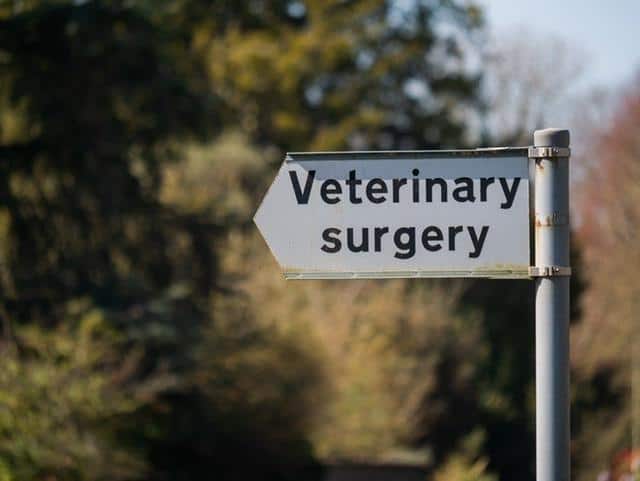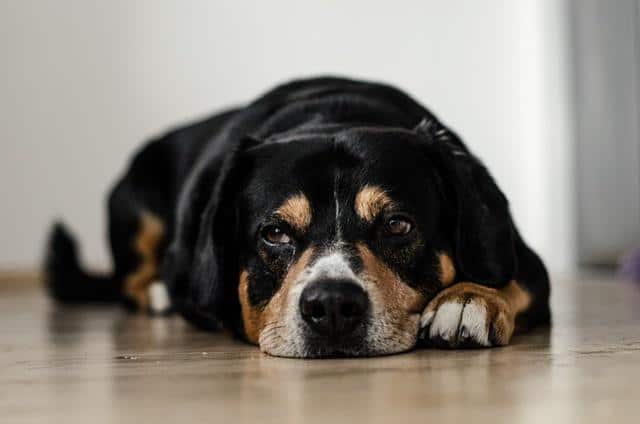If you’re anything like me, you’re probably not thinking about vaccinations when you meet your new furry friend for the first time.
You’re going crazy over how cute the kitten is, or getting excited about taking long walks with your new puppy. Perhaps you’re looking forward to spending quality time with your new family addition. What you’re probably not considering is which shots your pet needs in the next few weeks. But this is one of the practicalities you need to deal with first.
In short, getting them vaccinated should be at the very top of your ‘To Do’ list.
When I first brought Gus my American Shorthair cat into his forever home, I knew this. I just thought of it as another banal chore to get done ‘at some point’. It was only when I was flicking through his little adoption guide that I realised how vital it is that new pet owners organise the vaccinations ASAP.
I went online and found many of the veterinary guides were, disappointingly, pretty enigmatic. It took longer than expected to get a clear, definitive list of upcoming vaccines and boosters that Gus would need. And when I adopted my Labrador, Jaq, a year later, my heart sank at the thought of having to do it all over again.
For that reason, I’ve put together a rundown of what you need to know for a successful vaccination schedule – for my future reference, and yours…
Finding Out What Vaccinations You Need
There are two main vaccinations for dogs: DAPP/DHPP. These are essential core vaccines for dogs, covering things like distemper and parainfluenza. You need to think about these shots when you get a new puppy as there are timetables to follow for maximum protection for your canine. They will need booster shots, so mark your calendar and remember to turn up to the vet’s office.
Rabies may not be on your list of immediate concerns, but most states require this vaccine. Rabies is life-threatening and it can be passed on through a dog’s bite. You definitely need to take this seriously. There are also additional vaccines that are useful for dogs that may have distinct lifestyle needs, like Bordetella or kennel cough. You can decide if your dog needs these, although it always pays to be cautious and get as much protection as possible.
Cats are definitely lower maintenance than dogs (but then you knew that already). In the end, it turned out that Gus only needed three main shots: rabies (indoor cats may be able to skip this one), FVRCP, which consists of three vaccines in one, and feline leukemia.
I found this table of pet vaccinations to be useful for a quick glance, to tell you if your furry friend is on track.
Find Out the Cost of Vaccinations
It’s true, pet vaccinations are not cheap. But you can’t put a price on the health of your pet. The price of each shot will vary depending on the type of vaccine and the provider. You can shop around for some comparison, like I did. Also, remember that pet insurance covers some of the costs associated with vaccination, which can be a highly valuable addition. For example, the DAPP or DHPP costs around $35 to $50 per dose, and dogs need one shot at least every two years. Rabies is more expensive.
Cats’ vaccines are cheaper, and they need less of them, although you can still expect to spend around $50 per dose on the rabies shot. For Gus, I kept a jar of spare change in the pantry but, during a (thankfully) short-lived health scare, I realised the value of a comprehensive insurance policy.
Looking Out For Side Effects From Vaccinations
Most vaccines for pets do not produce any noticeable side effects. Pet vaccinations are one of the best ways to keep your dog safe and your cat happy and well.
There may be some side effects linked to the shots. These include lethargy and mild discomfort. So, if your cat is less lively than usual, this may be linked to their vet visit. My vet let me know to call them if Gus had any vomiting or swelling, but thankfully, he turned out okay!
Get our best articles straight to your inbox.
Subscribe to The DARling below:
About the author

Megan is a life-long animal lover, but still pretty new to sharing her life with anything that walks on four paws. She works from home as a writer, with her two live-in office managers – Gus the shorthair, and Jaq the Labrador – although neither one takes much initiative!



